How Close To The Pin Do Amateur Golfers Hit Their Approach Shots?
We're used to seeing the best players in the world go 'pin hunting' - but here's how close club golfers hit their approaches...
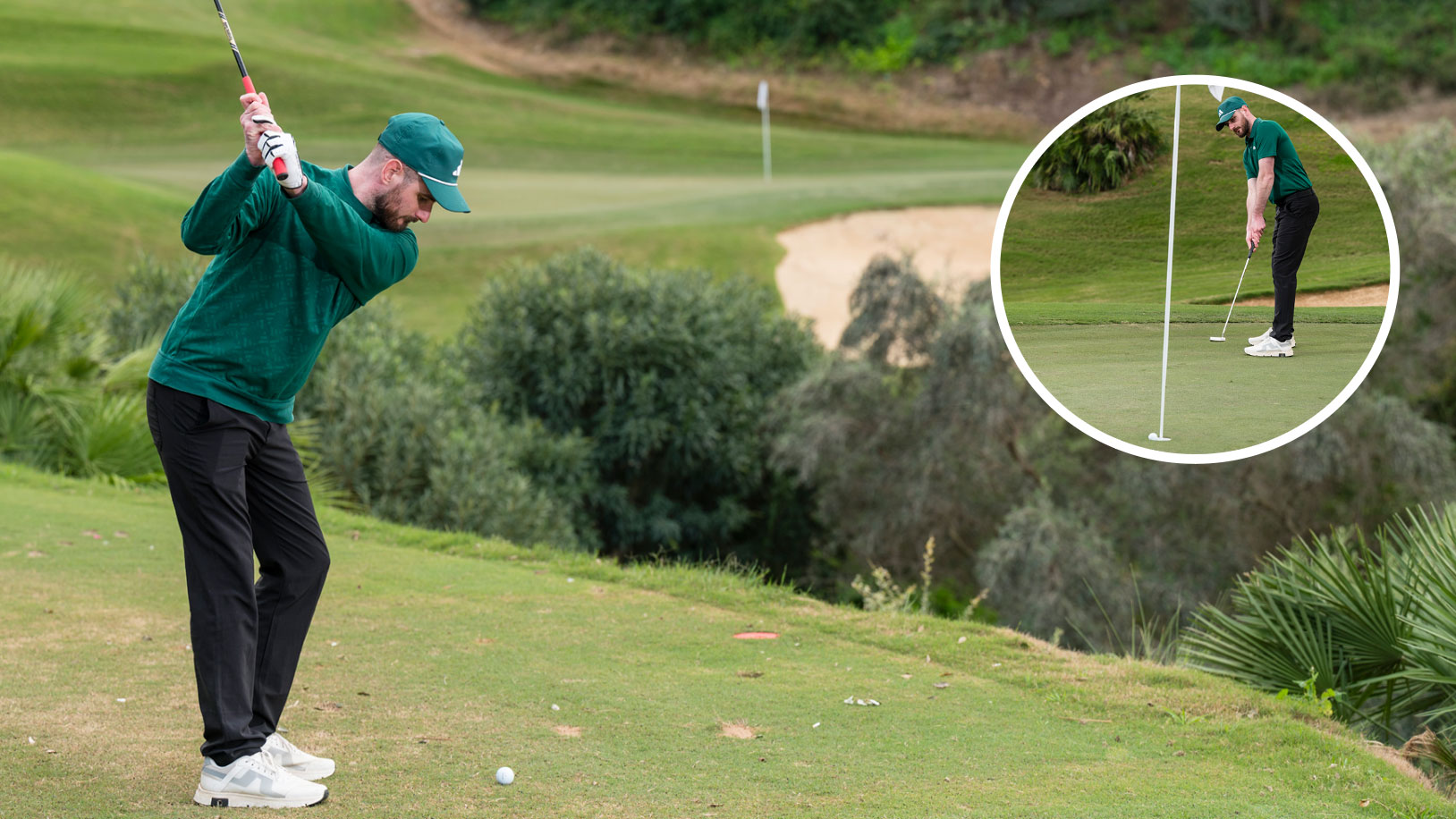

Barry Plummer
The best players in the world only have eyes for the pin with their approach shots, right? Actually, that's a bit of a misconception.
Yes, it's not unusual to see professionals firing straight at the flag, especially if they're trying to make up ground on a Sunday afternoon.
However, there are occasions when they're just happy to find the center of the green and make a safe par with two putts.
Ask the average club golfer whether they'd take the center of the putting surface and two putts and most of them would bite your hand off every time.
To find out how close club golfers hit their approach shots from a range of yardages, we asked our official data partner, Shot Scope, to run some numbers.
In the table table below, you can see how you compare.
To get a good idea on approach play quality, we've displayed proximity to the pin for a range of distances.
Get the Golf Monthly Newsletter
Subscribe to the Golf Monthly newsletter to stay up to date with all the latest tour news, equipment news, reviews, head-to-heads and buyer’s guides from our team of experienced experts.
It should come as no surprise that the lower the handicap, the lower the average proximity to the hole.
Generally speaking, better players aren't only able to rely on better technique, be it from wedge range or with a mid to long iron in hand, but they're also able to hit the ball further.
And when you can hit the ball further with each club, you have a better chance of hitting the ball closer to the pin.
We know that scratch players hit the ball longer distances than mid to high handicap players, so this is another strength that helps them to hit the ball closer.
For example, a scratch player 150 yards from the pin might only need to hit a wedge to get it close; whereas a 20-handicap golfer might be hitting an 8-iron.
Handicap | All Distances | 50-100 Yards | 100-150 Yards | 150-200 Yards | 200 Yards + |
0 | 65 | 26 | 38 | 54 | 92 |
5 | 95 | 36 | 50 | 82 | 150 |
10 | 104 | 41 | 57 | 92 | 190 |
15 | 155 | 48 | 72 | 122 | 264 |
20 | 163 | 49 | 81 | 132 | 291 |
25 | 211 | 57 | 91 | 168 | 362 |
If this is hard to picture, the table below is another way of showing the difference in proximity to the hole by handicap level.
Again, these numbers have been supplied by Shot Scope.
Handicap | 0-15ft | 15-30ft | 0-30ft |
0 | 17% | 25% | 42% |
5 | 11% | 18% | 29% |
10 | 10% | 15% | 25% |
15 | 7% | 10% | 17% |
20 | 6% | 9% | 15% |
25 | 6% | 7% | 13% |
The bottom line is that the better the golfer, the closer they hit the ball to the pin from short, mid and long range, which will come as no surprise.
And when you can hit the ball closer to the pin with your approach shots, you're going to make more birdies.
Well, you should do.

Michael has been with Golf Monthly since 2008. A multimedia journalist, he has also worked for The Football Association, where he created content to support the England football team, The FA Cup, London 2012, and FA Women's Super League. As content editor at Foremost Golf, Michael worked closely with golf's biggest equipment manufacturers and has developed an in-depth knowledge of this side of the industry. He's a regular contributor, covering instruction, equipment, travel and feature content. Michael has interviewed many of the game's biggest stars, including seven World No.1s, and has attended and reported on numerous Major Championships and Ryder Cups around the world. He's a member of Formby Golf Club in Merseyside, UK.
- Barry PlummerStaff Writer
You must confirm your public display name before commenting
Please logout and then login again, you will then be prompted to enter your display name.
-
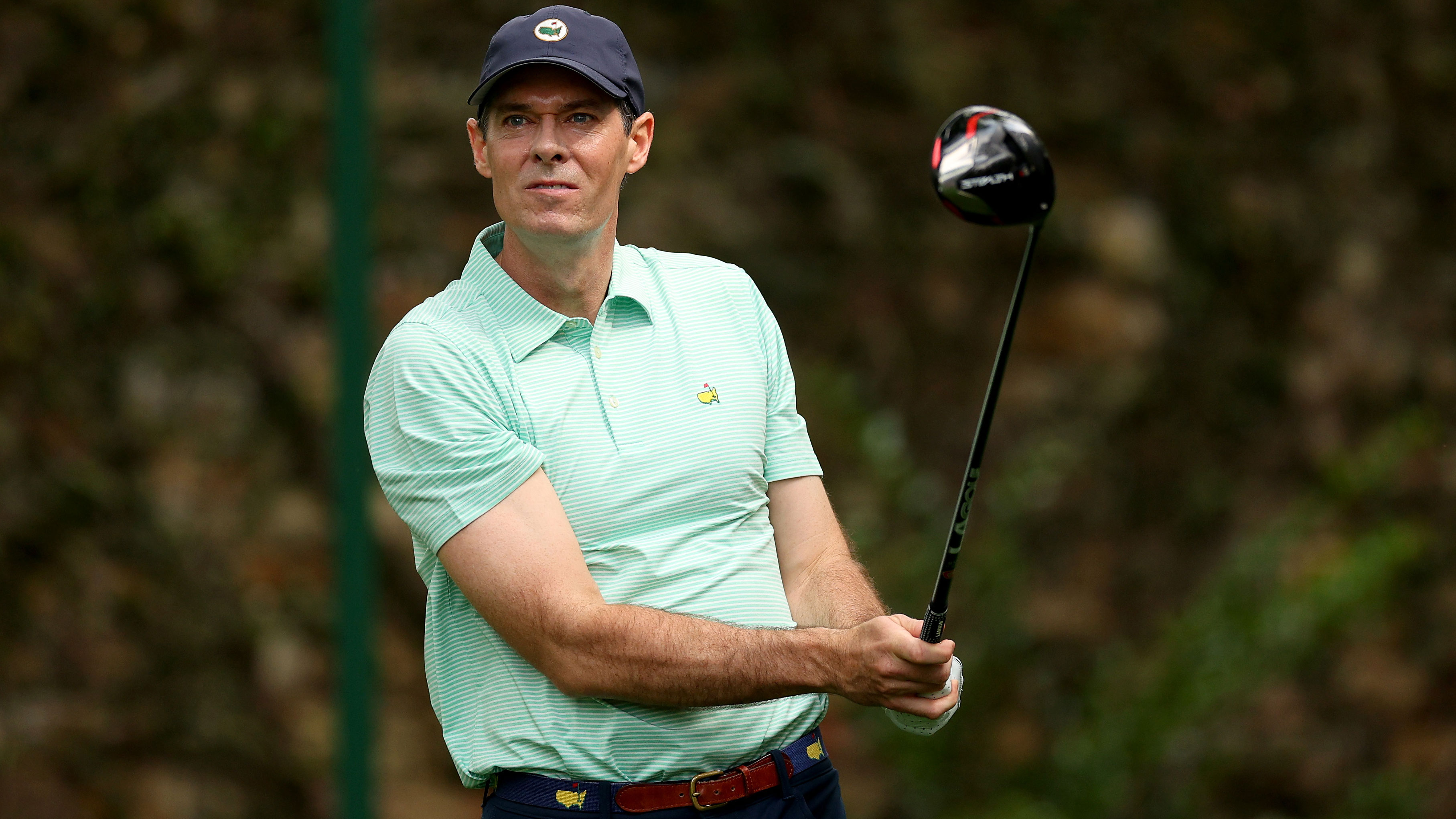 The Augusta National Member Who Is (Sort Of) Playing In The Masters This Weekend
The Augusta National Member Who Is (Sort Of) Playing In The Masters This WeekendAugusta member Michael McDermott is playing as a scorer this weekend as an odd-number of players made the cut
By Michael Weston Published
-
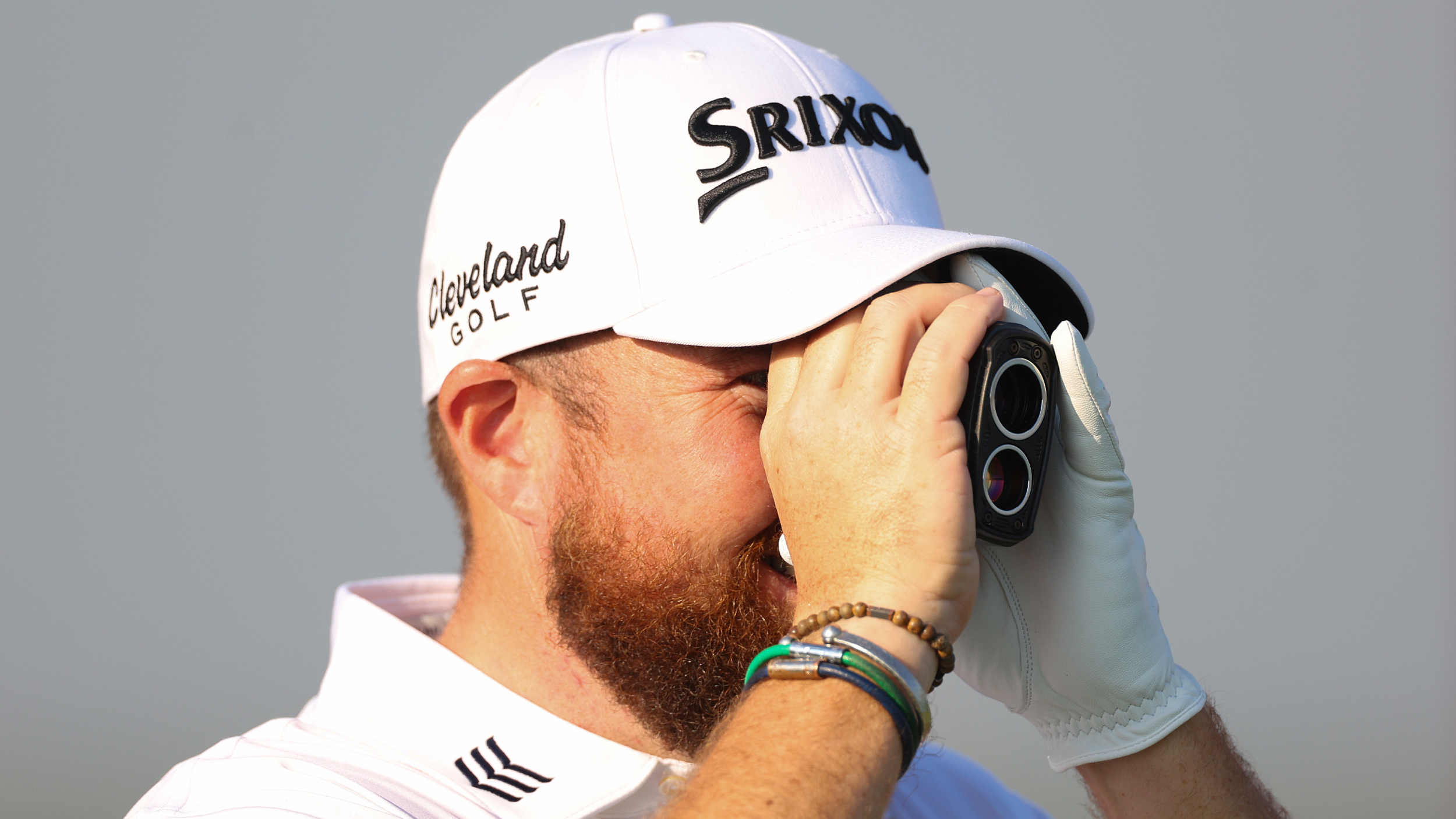 Are Rangefinders Allowed At The Masters?
Are Rangefinders Allowed At The Masters?Rangefinders are becoming increasinly prominent in the professional game, but what about at The Masters?
By Mike Hall Published
-
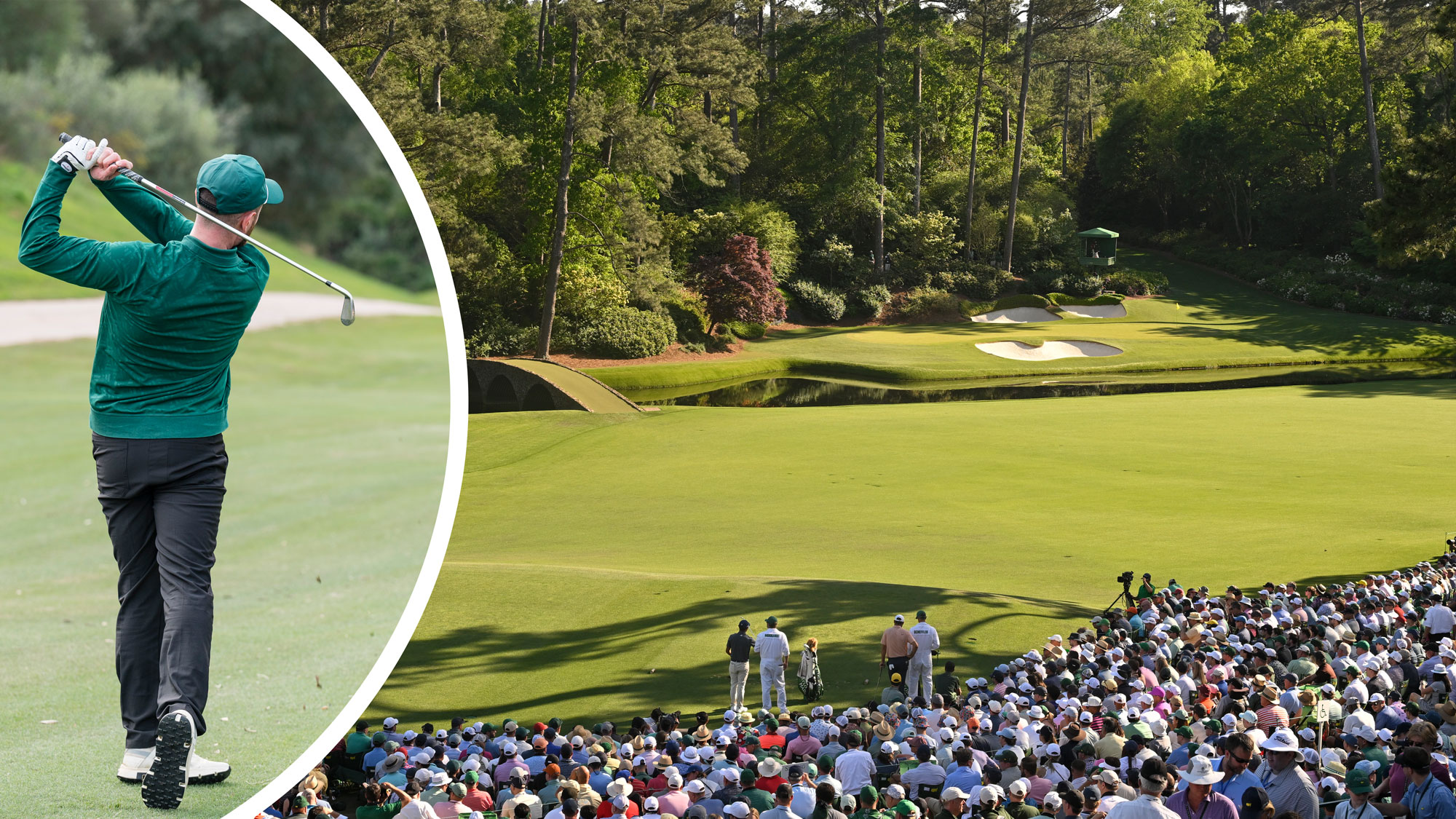 How Often Would An Amateur Golfer Hit The 12th Green At Augusta National?
How Often Would An Amateur Golfer Hit The 12th Green At Augusta National?The stunning 12th hole at Augusta National is an iconic Masters test, but have you ever wondered how you might fare against the famous par 3 at Amen Corner?
By Barry Plummer Published
-
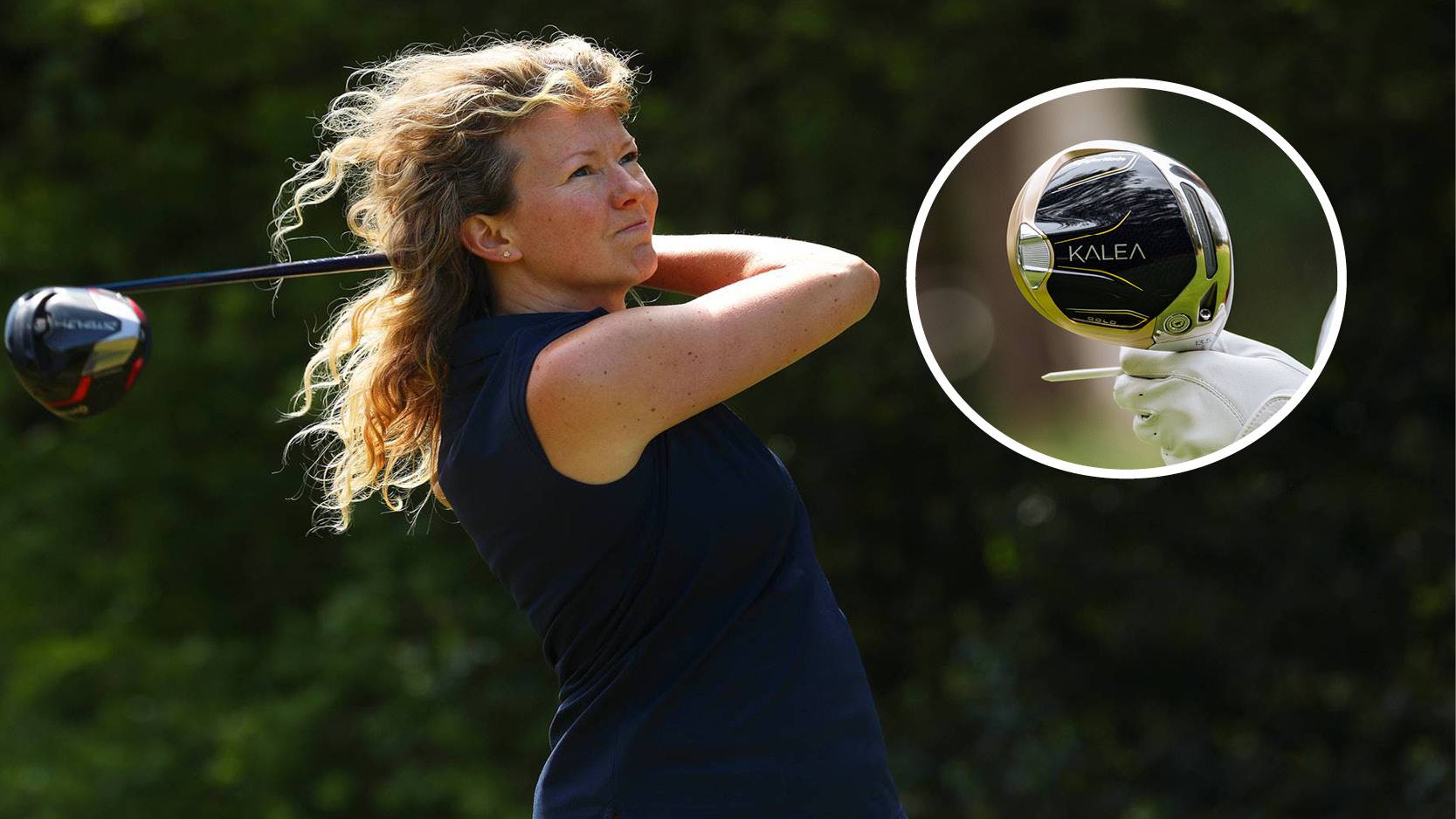 How Far Does The Average Female Club Golfer Hit Their Driver?
How Far Does The Average Female Club Golfer Hit Their Driver?We've looked at the data... Find out if you are hitting your driver an average distance
By Alison Root Published
-
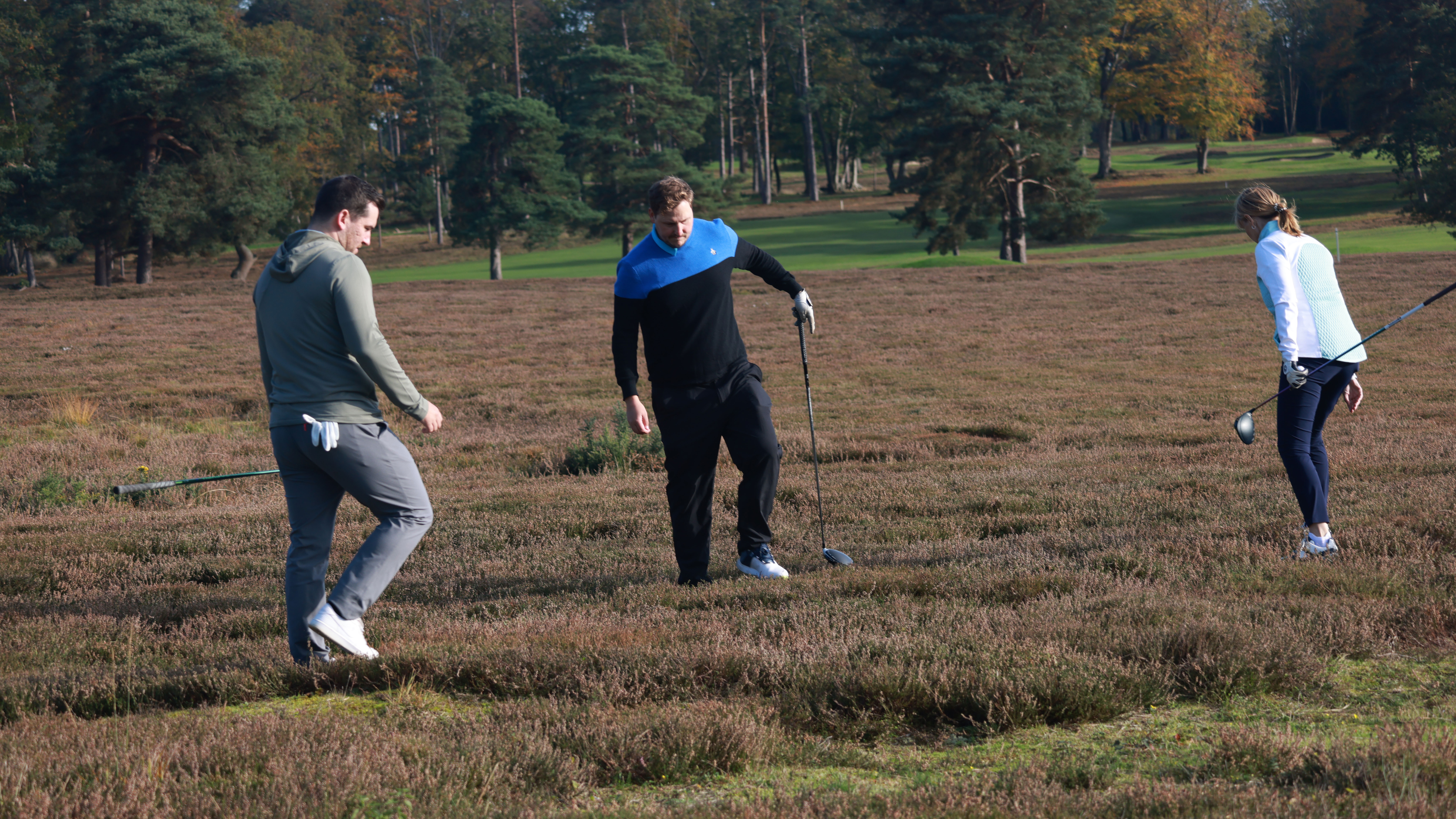 How Many Golf Balls Does The Average Amateur Lose Per Round?
How Many Golf Balls Does The Average Amateur Lose Per Round?The number of golf balls that players of different skill levels lose per round might surprise you...
By Michael Weston Published
-
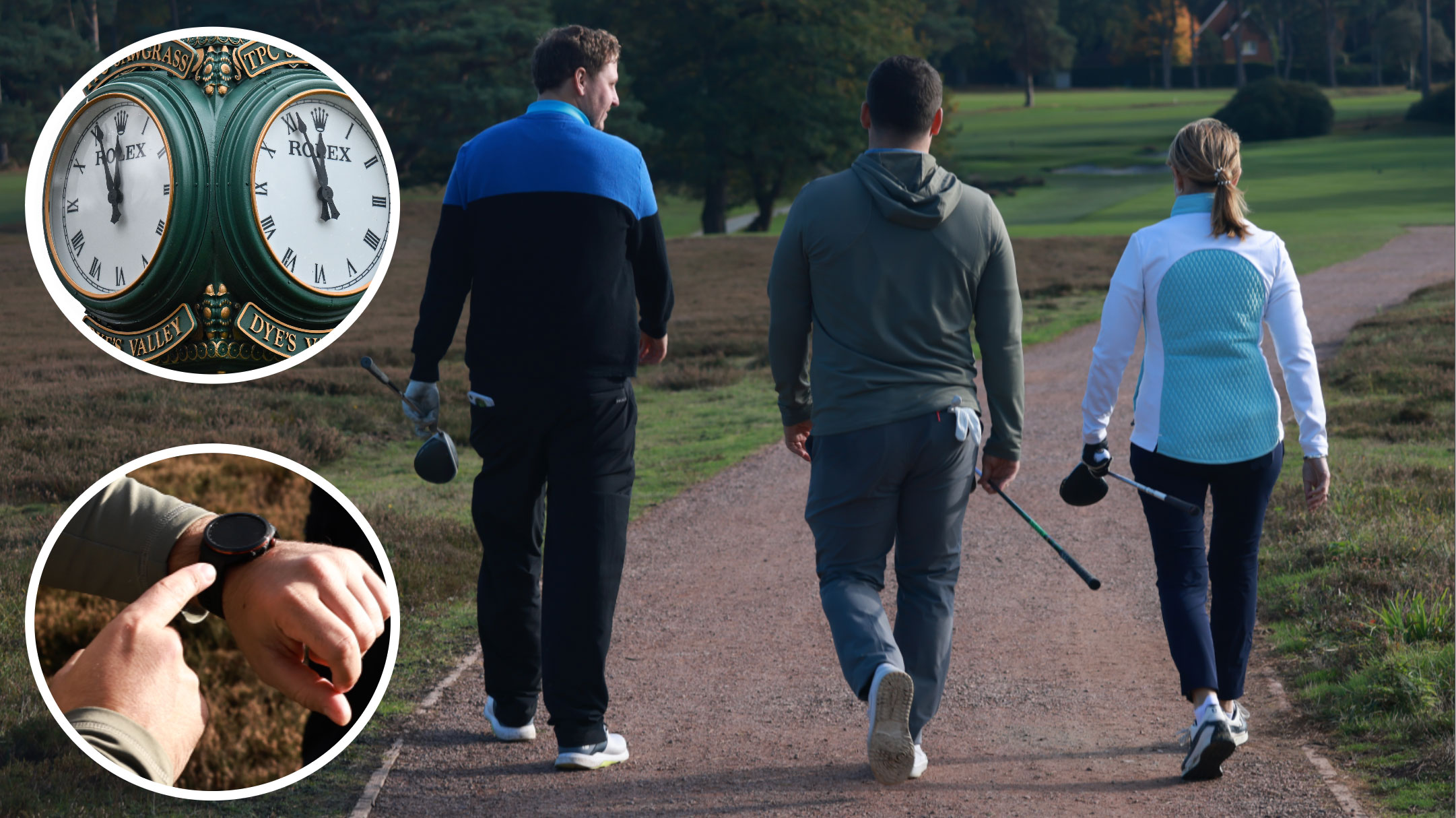 Revealed! How Long Amateur Golfers Take To Play 18 Holes (By Handicap)
Revealed! How Long Amateur Golfers Take To Play 18 Holes (By Handicap)With pace of play in golf such a hot topic, we looked at some Shot Scope numbers to see how long regular club players actually take to play a round of golf
By Michael Weston Published
-
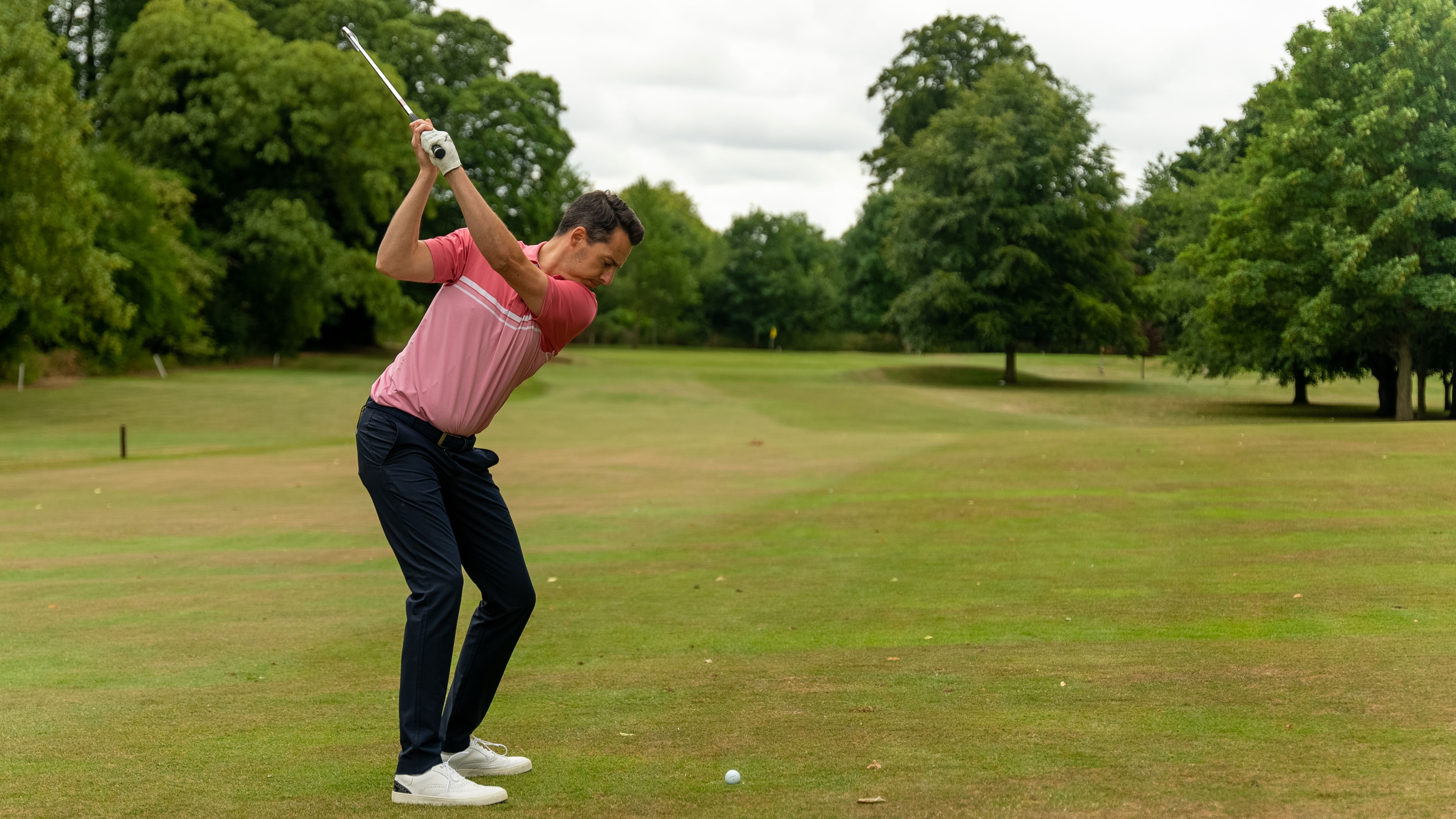 Do You Hit More Greens In Regulation Than A 15-Handicapper?
Do You Hit More Greens In Regulation Than A 15-Handicapper?Using Shot Scope data, we reveal how many greens in regulation an average mid-handicapper hits per round. How do you compare?
By Michael Weston Published
-
 How Far Does The Average Female Club Golfer Hit Their 7-Iron?
How Far Does The Average Female Club Golfer Hit Their 7-Iron?We've looked at the data... Find out if you are hitting your 7-iron an average distance
By Alison Root Published
-
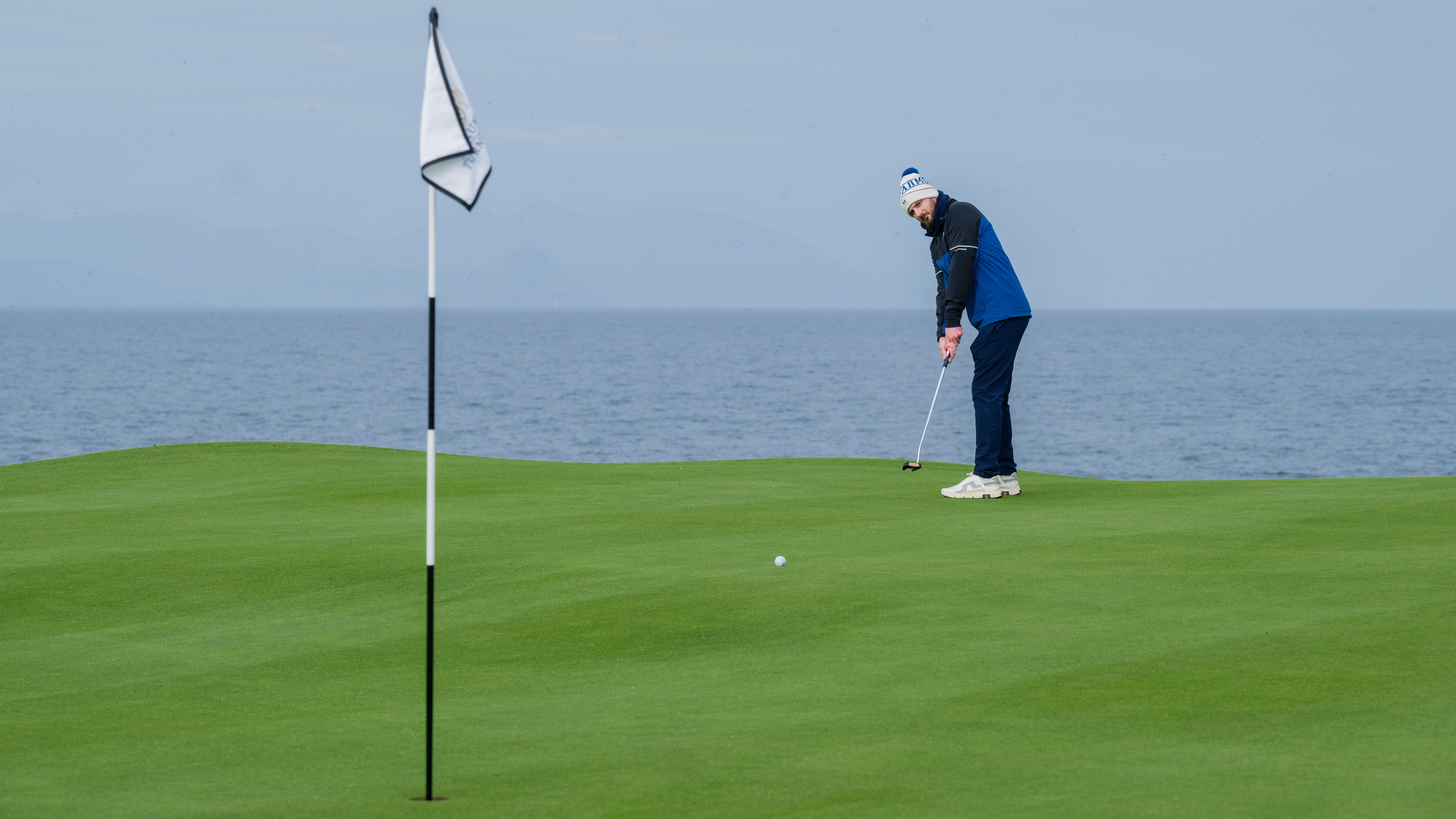 How Many Putts Does The Average Golfer Take Per 18 Holes?
How Many Putts Does The Average Golfer Take Per 18 Holes?The leading players on the PGA and LPGA Tours average around 28 putts per round. Here's how that compares to the mere mortals...
By Michael Weston Published
-
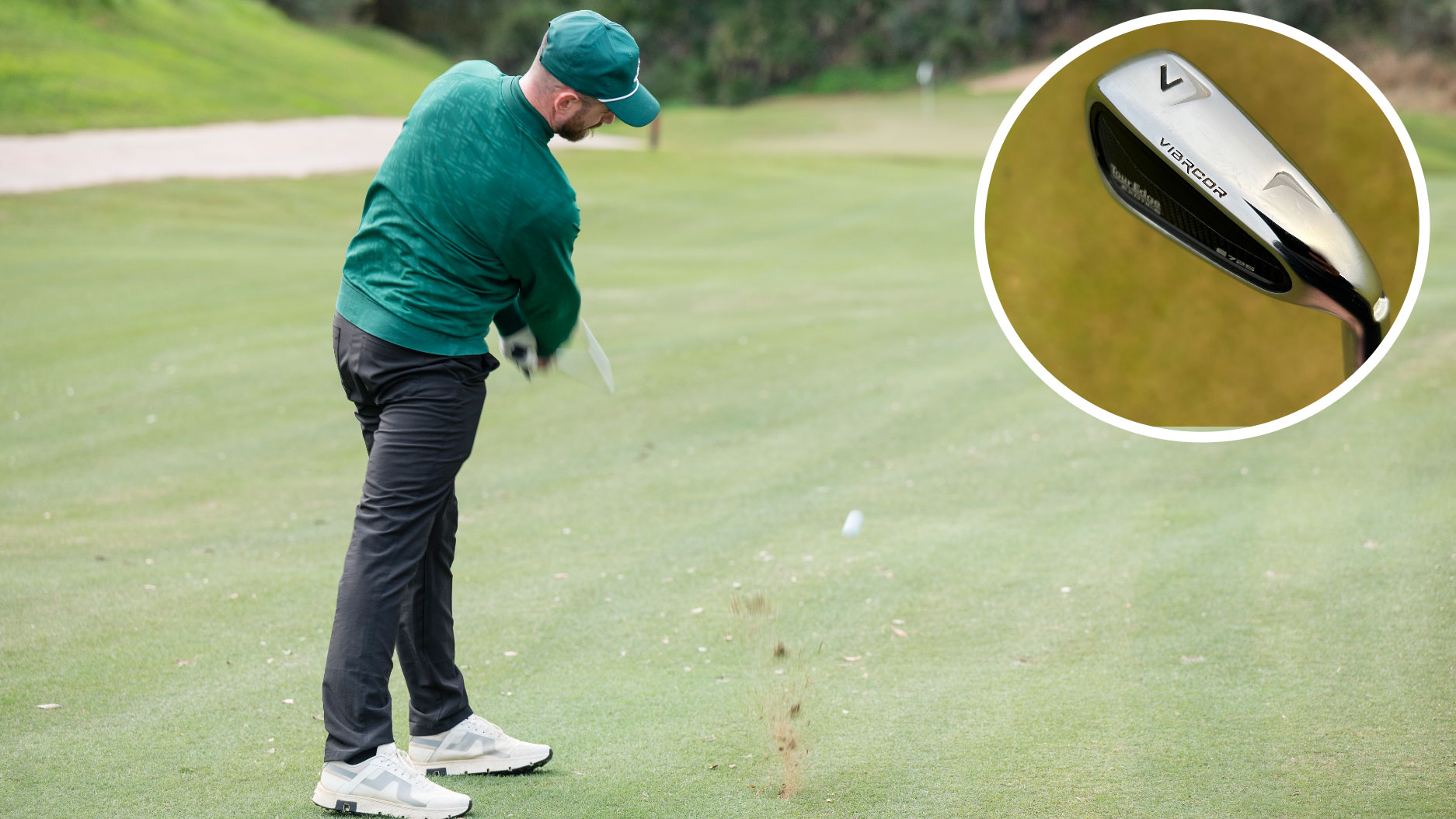 How Far Does The Average Club Golfer Hit Their 7-Iron?
How Far Does The Average Club Golfer Hit Their 7-Iron?We've had a look at the numbers – and they might just surprise you....
By Michael Weston Published